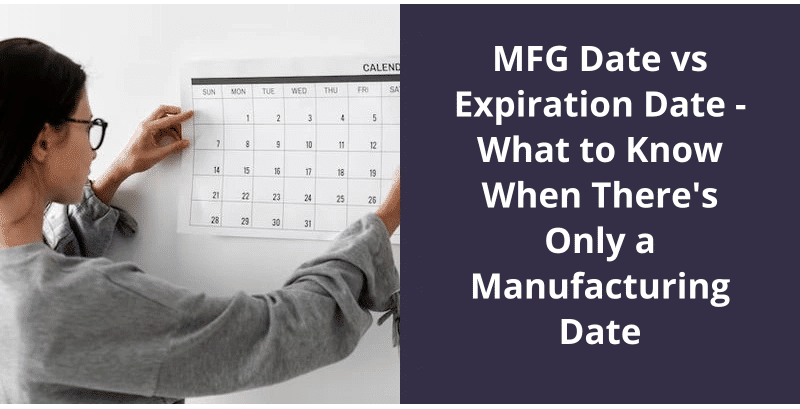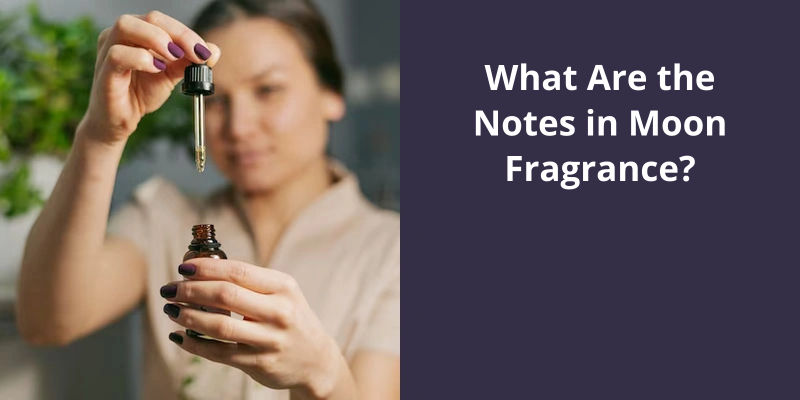The Manufacturing date (MFG date) is when a product was produced and can be found printed on the packaging or the product itself. On the other hand, the Expiration date is the date until which a product remains effective and safe to use. A product may not have both dates, and if only the MFG date is present, you can typically add the shelf life to this date to get an approximate expiration date. Shelf life varies depending on the product from months to a few years. However, remember to store your products correctly as improper storage conditions can expedite a product’s deterioration before its estimated expiration date.

What Is an MFG Date?
An MFG date, also known as a manufacturing date, is a code used by manufacturers to indicate the date a product was produced or manufactured. This code is used for quality control purposes and helps companies keep track of their inventory. The MFG date can often be found on the product label, usually near the barcode or the product name.
The MFG date is important for several reasons. Firstly, it helps companies keep track of their inventory and ensure that products aren’t kept on shelves for too long. This is especially important for perishable goods such as food and beverages, as these products can spoil or expire over time. Secondly, the MFG date can be used by consumers to determine the freshness of a product.
While these codes aren’t the same as expiration dates, they do provide valuable information about the freshness of a product. Overall, it’s important for both manufacturers and consumers to pay attention to these codes and use them accordingly.
The Difference Between MFG Dates and Expiration Dates
Manufacturing dates (MFG) are dates that indicate when a product was produced. Expiration dates, on the other hand, are dates that indicate when a product may no longer be safe or effective to consume. Essentially, the MFG date represents when the product was made, while the expiration date represents when the product should no longer be used.
It’s important to keep track of the manufactured date of your products, especially when it comes to food and medicine. While these dates aren’t expiration dates, they do indicate when the product is at it’s peak quality. So, how long is the MFG date good for? The answer is within two years of the date listed. After that, the product may still be safe to use but it’s quality may have declined. In the next section, we’ll explore why it’s important to pay attention to MFG dates and how to properly store your products to extend their shelf life.
How Long Is MFG Date Good For?
When it comes to determining the safety of a product, the MFG date is one of the most important factors to consider. This date provides consumers with an understanding of when the product was created and how long it should be safe for use. Generally, most products are safe for use within two (2) years of the MFG date. However, there are a few exceptions to this rule that should be taken into account.
For example, certain types of products may have a shorter shelf life than others. This could include items such as food, medications, and cosmetics. In these cases, it’s important to consult with the manufacturers recommendations on how long the product should be used for. Additionally, it’s important to note that some products may be safe for use beyond their recommended expiration date, so long as they’re stored properly and show no signs of deterioration.
Another factor that can impact the safety of a product is how it’s stored. Products that are exposed to high temperatures, humidity, or direct sunlight may deteriorate more quickly than those stored in a cool, dry, and dark place. It’s important to follow the storage instructions provided by the manufacturer, as this can help to ensure that the product remains safe and effective for as long as possible.
In addition to the MFG date, there may be other codes or symbols stamped onto a products packaging that can be used to indicate it’s safety and quality. For example, certain products may have a “use by” date that’s different from the MFG date. This date indicates when the product should be consumed by in order to ensure maximum freshness and quality. Other products may feature a code that can be used to track the products origin and production history.
How to Properly Store Products to Ensure Their Safety and Effectiveness.
Storing products safely and effectively requires proper packaging, labeling, and storage conditions. The packaging should be durable and secure, and the labeling should be clear and accurate. The storage conditions should be appropriate for the product, such as temperature-controlled environments for perishable items. Additionally, products should be stored in a clean and organized manner to avoid cross-contamination and ensure ease of access.
Conclusion
In conclusion, while the manufacturing date provides valuable information on the age of a product, it falls short in indicating it’s overall quality. The lack of an expiration date only adds to the ambiguity around the product's safety and usability. This highlights the importance of proper labeling and transparency from manufacturers to ensure that consumers can use products safely and efficiently. It’s also crucial for consumers to be aware of the limitations of these dates and to use their best judgment when deciding if a product is still safe to use. At the end of the day, it's essential to stay informed to keep ourselves and our loved ones protected.





